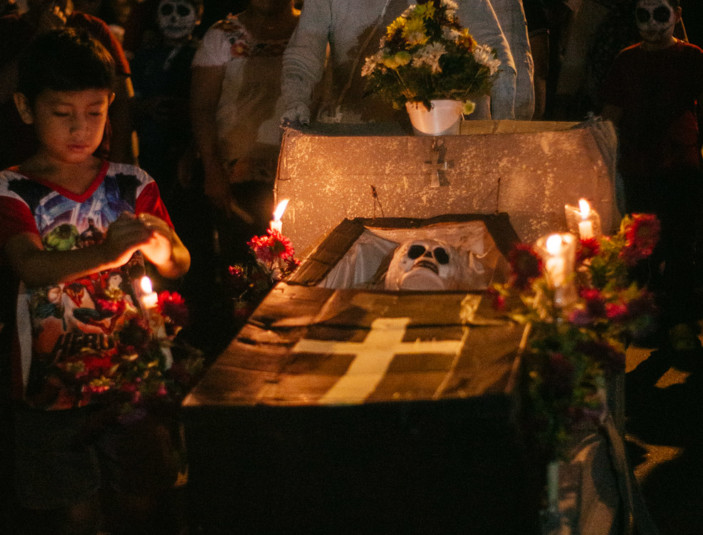About
The meaning in Mayan of the words “Hanal” and “Pixán” are “food” and “soul” respectively, therefore Haná Pixán means “Food for the souls”.
The tradition of the Hanal Pixán dates back to the Mayan people and is celebrated in the Yucatán Peninsula. It has been adapted to the religious beliefs of the Spanish conquerors and missionaries who came to Yucatán, such as the appointing of annual dates for the celebration and the making of altars.
With this tradition, family and friends who have passed away are remembered in a special way, offering the deceased food and drink in order to maintain the link between the living and the dead, given that the Mayans believed that the soul is immortal.
Today, the tradition is celebrated for 3 consecutive days: October 31st is dedicated to deceased children; November 1st is dedicated to deceased adults; and on November 2nd there is a mass offered dedicated to all souls. During the three-day celebration, altars are devoted to the deceased, in which there are offerings of traditional food and drink such as: atole, mukbil chicken or “pibes”, fruit, tamales, etc.
The altars are decorated with flowers, candles, and photographs of the deceased. Children’s altars are usually decorated with bright colors, candy, and toys.
 Activities of the Hanal Pixán Celebration
Activities of the Hanal Pixán CelebrationMost important elements of the altars:
- A table.
- White tablecloths for deceased adults and colorful ones for the deceased children.
- A green cross: representation of the tree of life (Ceiba).
- Incense: it guides the dead with its light and aroma towards the food.
- Salt and water: purification.
- Mukbil pollo: in Mayan it means buried; it is a tamal stuffed with a meat stew and spices; it is cooked inside a hole underground.
